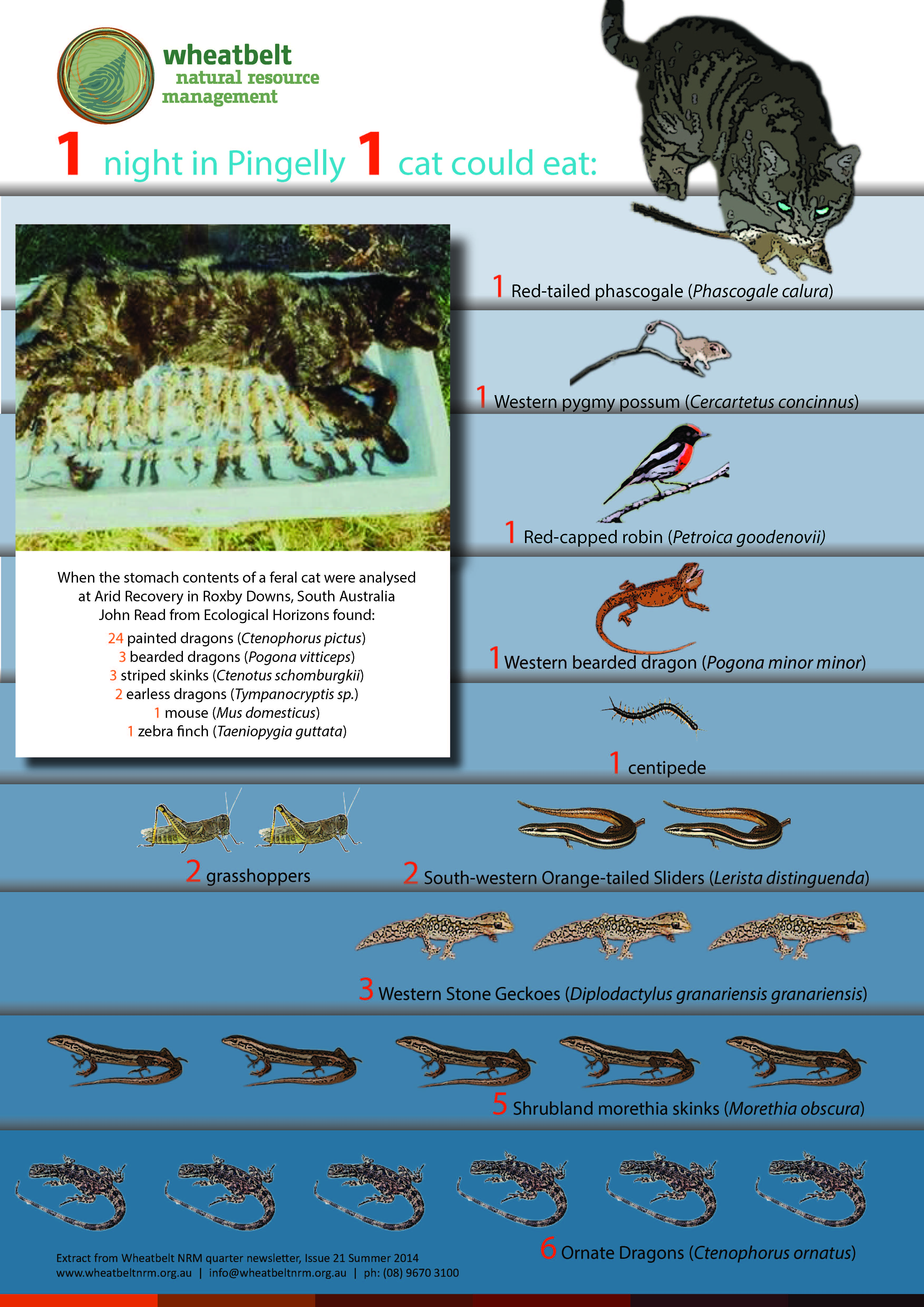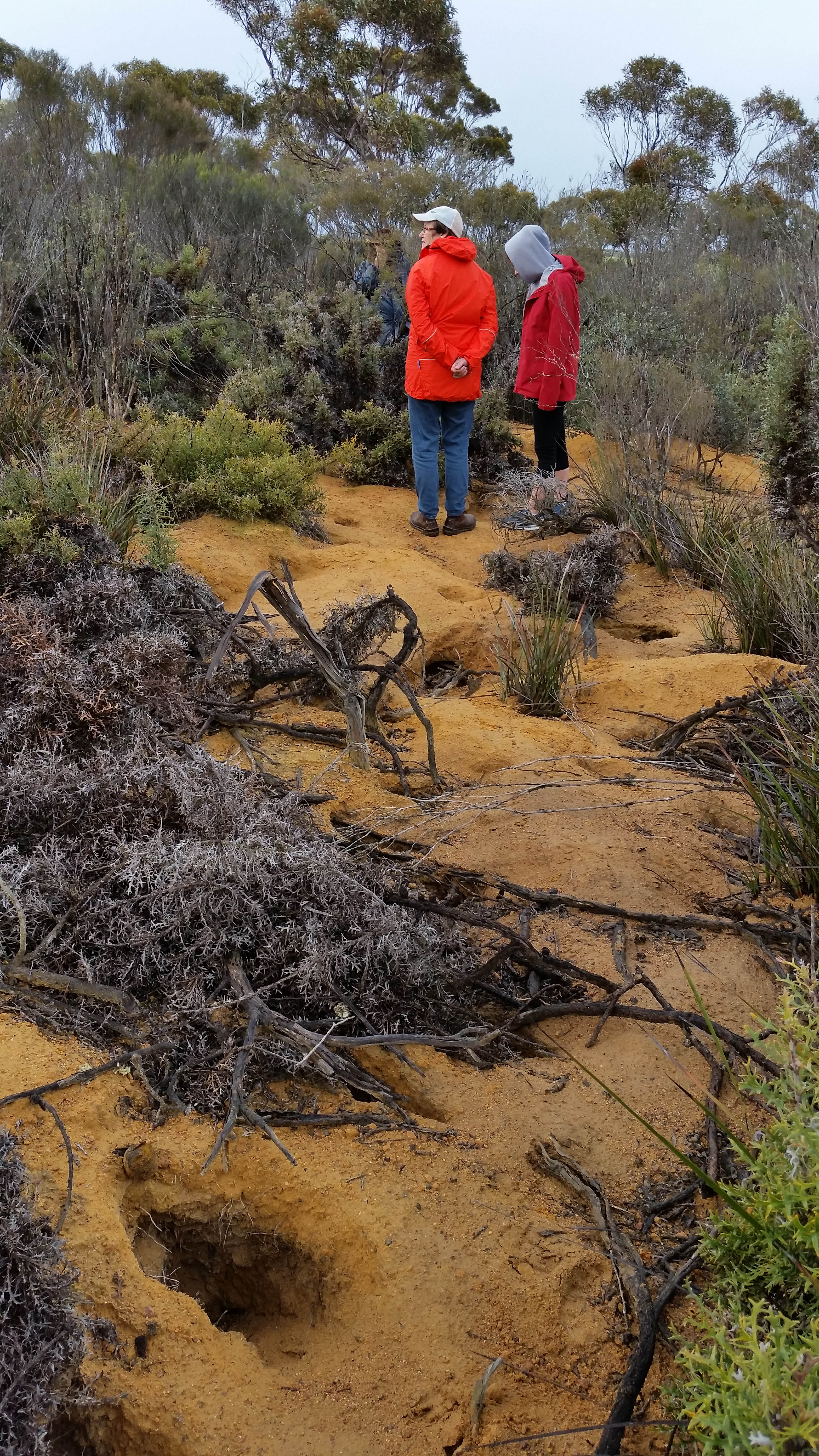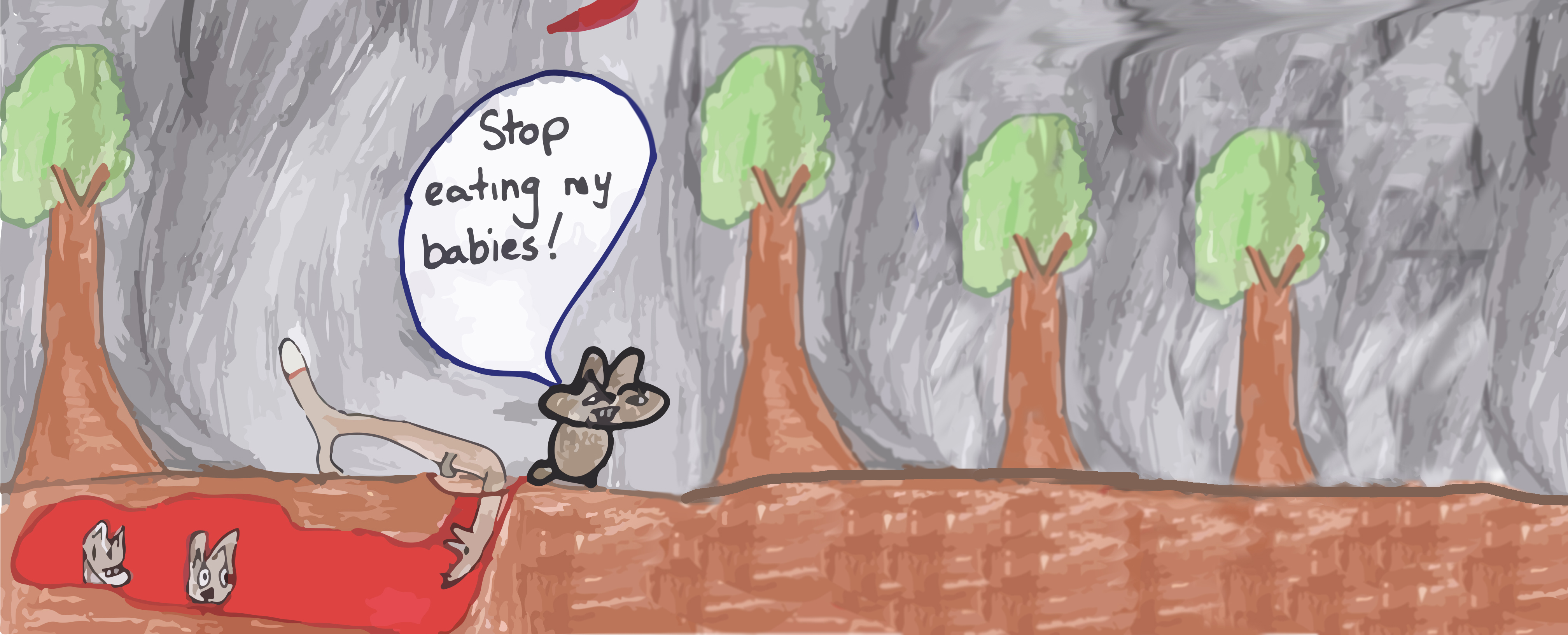The time is now to complete your 1080 bait accreditation to take advantage of the Autumn window to conduct effective feral animal control.
Autumn is a great time to have an impact on rabbit and fox populations and give you more manageable feral numbers for spring treatment activities.
You can get property-specific 1080 permits from the Department of Primary Industries and Regional Development, which are required to purchase 1080 baits from your local S7 retailer.
Get your 1080 permit now to help manage these impacts on your property. All you need to do is:
- Register online and complete a quick online quiz to obtain 1080 accreditation;
- Complete a permit application form and map of your property, and;
- Send your permit application form to DPIRD and wait to receive your permit.
Email: rcp.applications@agric.wa.gov.au
Mail: RCP Applications, Department of Agriculture and Food WA, Invasive Species Sort Bin 18, 3 Baron-Hay Court, KENSINGTON WA 6151.
More details on the accreditation process and baiting rules can be found here - www.agric.wa.gov.au/baits-poisons/restricted-chemical-product-permits
Wheatbelt NRM encourages the use of 1080 (Sodium fluoroacetate) over other toxin options because native species in WA have developed higher resistance through exposure to native gastrolobiums. However, it is important to note native animals are not immune to 1080 toxin.
With the interaction between predator and prey, taking an integrated approach to feral animal management is key.
High numbers of rabbits can support artificially high population numbers of both foxes and cats, however solely targeting rabbits can lead to “prey switching”.
This could have disastrous effects on native fauna, especially those threatened or under stress. These fauna, particularly small marsupials, are not equipped to cope with predation from foxes and cats.
Given the size of many Wheatbelt properties, targeted baiting is a helpful option in the toolkit to manage feral animals like foxes, rabbits and pigs.
The goal with the deployment of toxin is to use the minimum dosage required per bait to complete the job, lowering target pest numbers and ensuring we do not take out native species through bait consumption or secondary poisoning.
Remember, integrated and coordinated pest management, adapting your response to what you see year to year, is the key to overall success in landscapes like the Wheatbelt.
Keep an eye out for upcoming feral animal control workshops in the Wheatbelt that can help with management approaches and guide you through the 1080 accreditation process.


This project is supported through funding from the Australian Government’s National Landcare Program.


